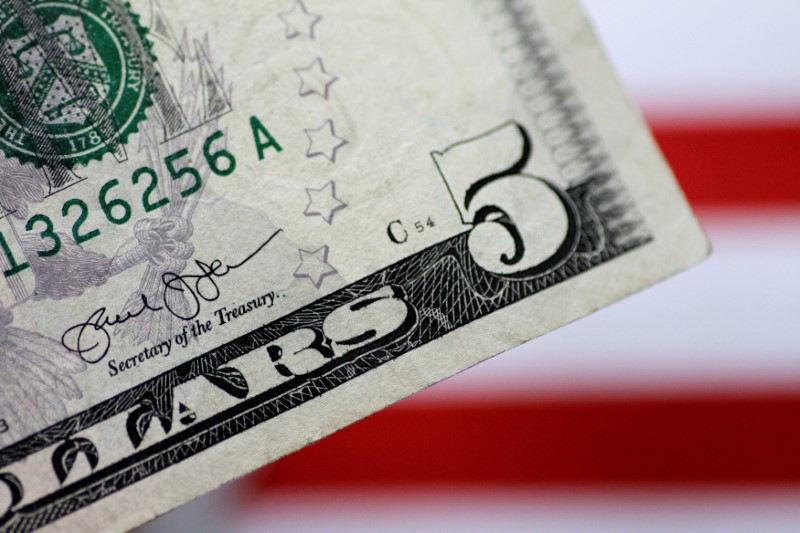By Wayne Cole
SYDNEY, Feb 5 (Reuters) - The Australian dollar got a helping hand on Wednesday while bonds took a beating as the country's top central banker said there were risks to cutting rates again, forcing markets to scale back wagers on an easing anytime soon.
The Aussie held at $0.6735 AUD=D3 having bounced from a four-month trough of $0.6679 overnight and just barely avoided breaking to its lowest in a decade.
The New Zealand dollar lagged at $0.6482 NZD=D3 , after running into resistance at $0.6505, to remain not far from nine-week lows at $0.6450.
Bonds fared a lot worse as Reserve Bank of Australia (RBA) Governor Philip Lowe said he hoped they would not have to cut rates again and there was a reasonable prospect of a period of stability on policy. central bank held it first policy meeting of the year on Tuesday and kept rates at 0.75% following three cuts last year.
Lowe said it could ease again if unemployment were to trend higher, but emphasised that rates were already very low and risked fuelling another borrowing binge in housing.
"The RBA has lifted the bar to further easing," said Prashant Newnaha, a senior strategist at TD Securities. "It suggests the earliest the RBA is likely to cut is May."
Investors reacted quickly by pushing out the likely timing of a cut, with a move in April now priced at a 32% chance 0#YIB: compared to 80% just a couple of days ago.
A quarter-point easing to 0.5% was now fully priced by August, out from June before Lowe began speaking. The market also sharply lengthened the odds on a further move to 0.25%.
Yields on three-year bonds AU3YT=RR jumped 9 basis points to 0.71%, leaving behind an all-time low of 0.553%. Ten-year bond futures YTCc1 slid 9 ticks to 98.9750, taking implied yields back above 1%.
Many analysts argued the RBA was too optimistic on the outlook, especially given the baleful impact of bushfires on consumer sentiment and the coronavirus on tourism and commodity prices.
"The RBA is clearly reluctant to reduce rates further, particularly given financial stability concerns have resurfaced as a potential risk from very low rates," said Kieran Davies, an economist at NAB.
"NAB's main disagreement with the bank's outlook is our underlying concern that private demand remains weak, with ongoing pressure on consumer spending from weak incomes," he added. "We forecast the next rate cut in April."
(Editing by Sam Holmes)
